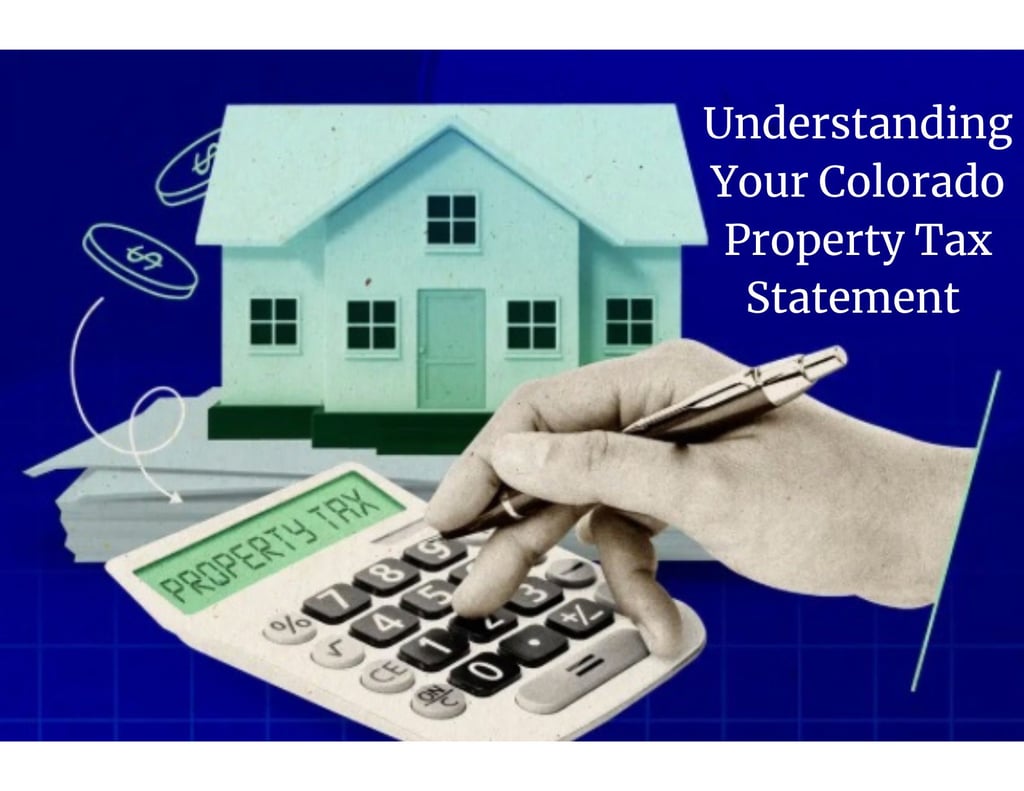In late April, county assessors will mail out valuation notices based on property values as of June 30, 2022, which also happens to be close to when home values peaked in Colorado. Several counties across the state are reporting a tax rate increase notification. On average the increase is expected to be 25% to 27%, and in some counties (including resort markets) they may be as high as 50% or more. Below are more details about property taxes.
What are property taxes and what are they used for?
Property tax revenue supports public schools, county governments, special districts, municipal governments, and junior colleges. All of the revenue generated by property taxes stays within your county. Property taxes do not fund any state services. The county assessor is responsible for discovering, listing, classifying, and valuing all property in the county in accordance with state laws. The assessor’s goal is to establish accurate values of all property located within the county, which in turn ensures that the tax burden is distributed fairly and equitably among all property owners. Real property is revalued every odd-numbered year. Personal Property is revalued every year. Property tax calculations consist of several components:
- property classification
- actual value of the property
- assessment rate
- assessed value
- tax rate
What is the current residential tax rate and how is it calculated?
For property that is classified as single family residential, the current assessment rate is 6.765% of market value. The assessment rates for most other types of property are listed under the 2023 Assessment Rates chart.
Each taxing authority calculates a tax rate based on the revenue needed from property tax and the total assessed value of real and personal property located within their boundaries. The tax rate is often expressed as a mill levy.
Revenue from Property Tax $1,398,000 / (divided by) Total Assessed Value $100,000,000 = 0.013980 (or 13.980 mills).
How does one calculate assessed values?
Multiplying the actual value by the appropriate assessment rate results in what is known as the property’s “assessed value.”
Actual Value $275,000
Single Family Res. Assess. Rate ($275,000) × 0.06765 = Assessed Value $18,603.75
How does one calculate property taxes?
Assessed Value $18,603.75 Tax Rate × 0.075541 = Taxes Due $1,405.35
How does one protest and appeal?
If a property owner disagrees with the actual value or classification placed on the property, they may present oral or written objections to the assessor. Protests for real property must be postmarked or delivered to the assessor on or before June 8. Personal property protests must be postmarked or delivered to the assessor by June 30.
The assessor must make a decision regarding the protest and mail a Notice of Determination by the last regular working day in June for real property and by July 10 for personal property. Any county may elect to extend the Notice of Determination mailing date from the last regular working day in June to August 15.
If the property owner is dissatisfied with the assessor’s decision, they may appeal to the county board of equalization by July 15 for real property and by July 20 for personal property. The county board conducts hearings through August 5. If the county has opted for the extended appeal period, one must appeal to the county board by September 15. Under this option, the county board conducts hearings through November 1. The county board must notify the property owner in writing within five business days of the date of its decision. If the property owner is dissatisfied with the county board’s decision, they may appeal to an arbitrator, district court, or the Board of Assessment Appeals within 30 days of the date the decision was mailed.

